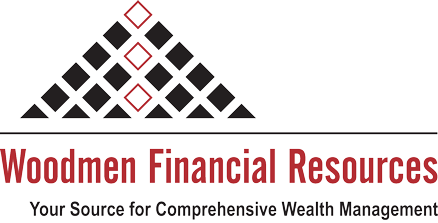Essentially, a business plan is the management and financial blueprint of your company. It is meant to serve as both your business guide and as a tool to help you attract investors. The plan should be comprehensive yet concise. It should explain the characteristics of your business, as well as discuss how the business will be financed and managed and how it will function in its target market.
There is no limit to the length of a plan, though the average is probably under 50 pages. Your plan should be separated into sections, such as business, marketing, financial, and “supporting documents.” You should also include a cover sheet and an executive summary. Before you begin writing, however, it is probably a good idea to consult an attorney and/or an accountant with experience in business-plan preparation. Following are brief descriptions of the sections generally found in a business plan (check out Part 2 here).
Financial
In the financial section you will report your company’s past and current financial performance as well as projections for the future. This section should include a summary of your financial needs (and why you need the amount you are requesting), and various financial statements (among other things). Though some investors will require more or less information, it is most important that the financial information provided is accurate and well supported with documentation. Some of the financial statements you might need to develop include a cash flow statement, projection statement, break-even analysis, balance sheet, and profit and loss (P & L) statement.
Cash flow statement
The cash flow statement presents the sources and uses of cash generated from business operations. It should include monthly projections for the following year and be updated to reflect actual performance. If your company has been in business for some time, you can use past and current figures to generate predictions. If you are just starting your business, you will have to project all of your financial needs. Regardless, your cash flow statement should identify two things: (1) when and how much cash will be received, and (2) when and how much cash will be disbursed to pay expenses. In addition to informing investors, your cash flow statement permits you to identify sources of cash (e.g., debt, equity, and profits). The cash flow statement is often referred to as the Statement of Changes in Financial Position.
Projection statement
Unlike the cash flow statement, which includes all sources and uses of cash, a projection statement includes only income and business expenses for a period of time–three to five years, for example. The period of time covered and whether the statement should be developed on a monthly or annual basis will depend on the intended use of the statement. If, for example, a lender will be reading the statement, you should probably accommodate his or her preferences on statement preparation. Or, if the statement is solely for your personal use, it can be developed on a monthly basis for a period of years. Potential sources of information for your projection statement include past financial statements, current cash flow statement, sales forecasts, and the business and marketing sections of your business plan.
Break-even analysis
Using the figures in your projection statement (e.g., sales revenue, fixed and variable costs), you will mathematically or graphically illustrate your business’s break-even point–the point at which your business will neither turn a profit or incur a loss. The analysis is a prediction of when your business will begin to earn profits.
Balance sheet
A balance sheet is like a photograph of your business’s financial health at a particular point in time, such as the end of an accounting period. The balance sheet contains three categories: (1) assets–all those things of value owned by your business, (2) liabilities–all the debts your business owes, and (3) net worth or capital–the owners’ equity in the business. A simple mathematical equation will show the relationship between these three categories:
Net Worth = Assets minus Liabilities
The balance sheet is a good measure of your business’s financial health and can be a useful indicator of what business changes are needed, if any.
Profit and loss statement
The profit and loss statement (P & L) is similar to the balance sheet in that it reflects your business’s financial health. Unlike the still photograph of a balance sheet, the profit and loss statement usually covers your business’s tax year. The P & L is generally separated into several categories: (1) income, (2) expenses, (3) income from operations, (4) pretax net profit (or loss), (5) income taxes, and (6) post-tax net profit. The statement is especially effective in helping you determine your business’s financial strengths and weaknesses. For example, a review of your profit and loss statement may show that a particular activity has not generated the revenue anticipated and should therefore be terminated.

